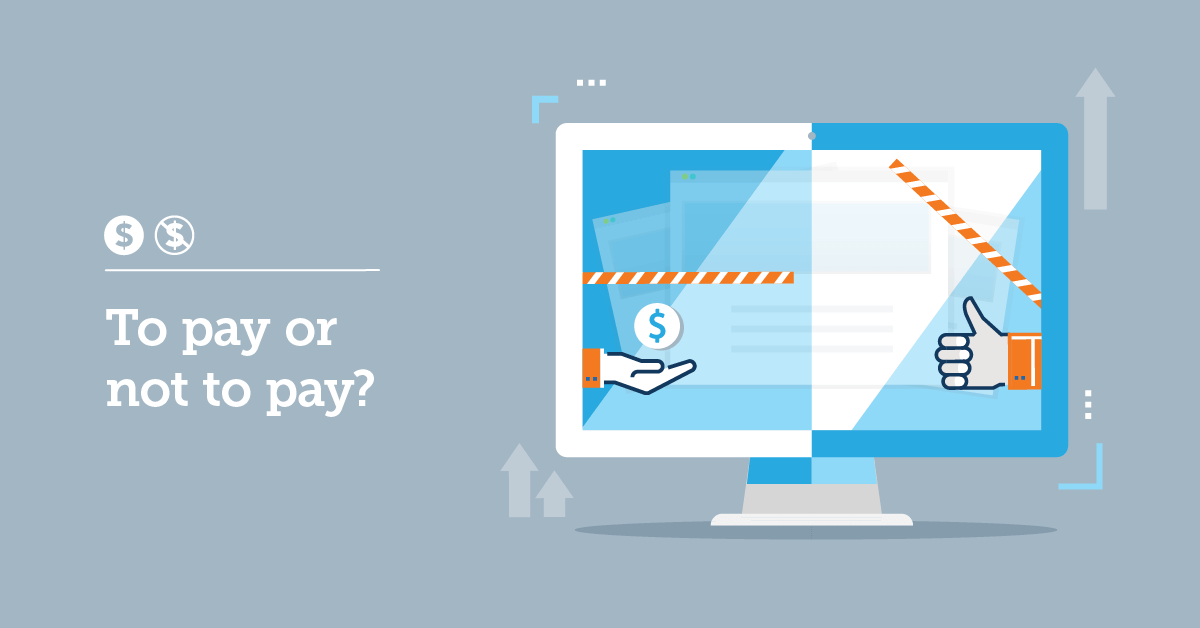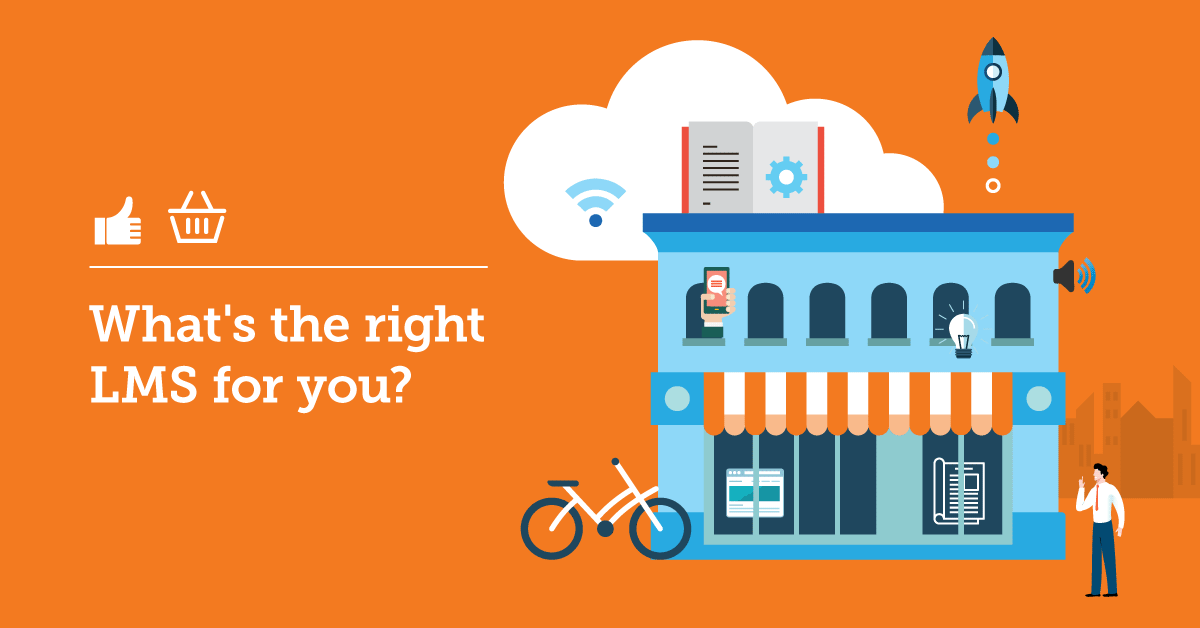Learning management systems have become a 30-something-billion-dollar market. They’re popular, and you’re not afraid of a good trend. That’s why you’re on the hunt for the perfect software to design and deliver engaging online content to employees. But you have a valid dilemma you need to address first: Are you going with a free LMS or a paid one?
But before you put on your virtual climbing boots and prepare to tackle the pros and cons of free LMS software, let’s explore what ‘free’ really means.
What is a free learning management system (LMS)?
They say that the best things in life are free. Of course, they’re probably talking about love, friends and all of those good things. But sometimes this list includes an LMS, too. So, what can you expect when you get your LMS free?
Well, it depends.
There are two types to choose from: The first is open-source, where the original source code is freely accessible, customizable and distributable. Technically, these learning management systems are free (i.e., no licensing costs), but you might incur costs for integrating and maintaining them.
Then there’s the free version of a paid LMS: This often includes the most basic software features, minus the support. While a free LMS plan might be a good way to test drive the software, you’ll be missing out on a lot of the good stuff. Courses, gamification, user groups and all sorts of other features that make your training effective will be just out of reach.
So, how do you know if a free LMS or an open-source learning management system is the right choice for you?
Let’s find out.
When should you choose a free LMS platform?
As with most things in life, ‘free’ is never really free. Even open-source training software can become costly when it comes to hosting, support and maintenance. Plus, a lack of out-the-box features makes this option time-consuming, and you guessed it, time is money! Still, some companies prefer it.
For example, if you have a team of in-house instructional designers and developers, you might love the customization that can be achieved with an open-source LMS. It takes a lot of hard work, but you can create almost anything you want for your online training.
On the other hand, if you’re looking for a more ready-made, user-friendly option, there’s the free LMS plan of a paid LMS. This way, you can experience the basic features of the software, and make mistakes while learning, without the expense. It’s a great option for a small business that may not be able to invest in a training platform right away.
Still, if you’re like most companies, once you’ve tasted the sweet potential of free LMS software, you’ll hunger for the more advanced features that a paid plan offers. How will you know when you’re ready?

Do you need a paid LMS?
Let’s not kid around. A paid LMS has some serious advantages, especially if your company is large or has extensive training needs. After all, nearly 90% of LMS users choose to pay for a cloud-based platform.
These LMSs are usually hosted on the vendor’s servers, and can be accessed anytime, anywhere, and on any device. With this comes the peace of mind that your data is protected, while also getting the convenience of single sign-on for users. It gets even better.
Training administrators can easily upload and update new courses, set up learning paths, and download reports on training metrics without needing a team of developers and designers. Plus, you’ll have ongoing technical support and won’t have to worry about enhancing or maintaining the software.
This is particularly useful when your business is fast-growing. For example, SalesRoads, a pioneering sales company in the US, was growing faster than it could train its staff. They needed customer service to stay strong, so they turned to a paid LMS that allowed them to create, deliver and track learning at scale.
Of course, depending on the LMS you choose, you could even have access to gamification, microlearning, and other features that make training so much more engaging. If all this feature-talk is exciting for you, then you probably need more than what free eLearning software can offer you.
Next steps
An open-source or free LMS is sometimes the best option for companies with their own instructional design and development team, and plenty of time to spare.
However, if you have many employees, remote or dispersed teams, or extensive training needs, then a paid platform is the obvious choice. Its security, scalability, easy user interface, and advanced features will give you all the tools you need to deliver high-quality staff training at scale.
Remember that if you’re still on the fence, you can start by trying out a free LMS plan.
Originally published on: 26 Feb 2020 | Tags: LMS for SMBs

